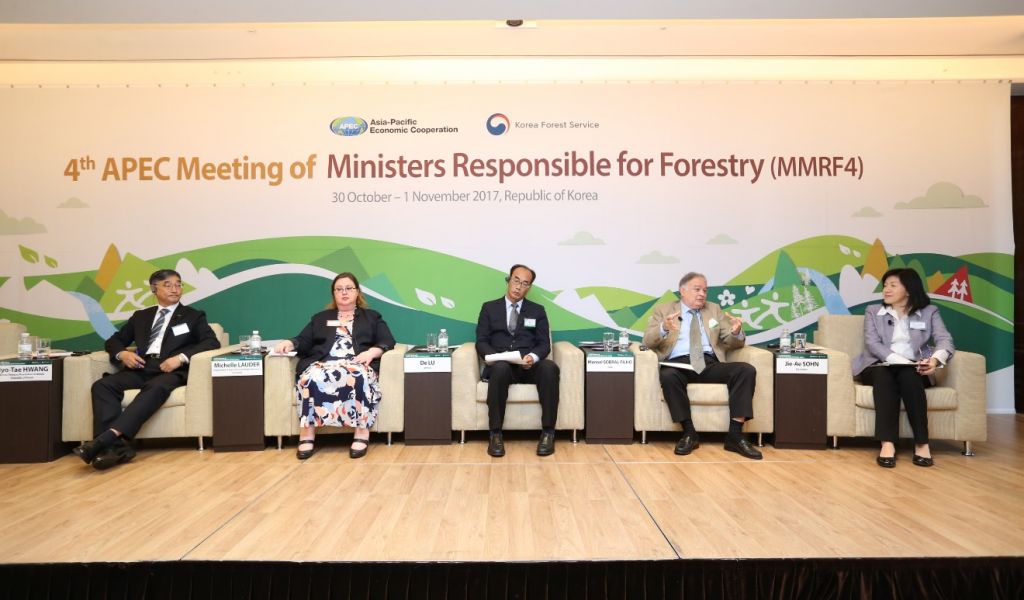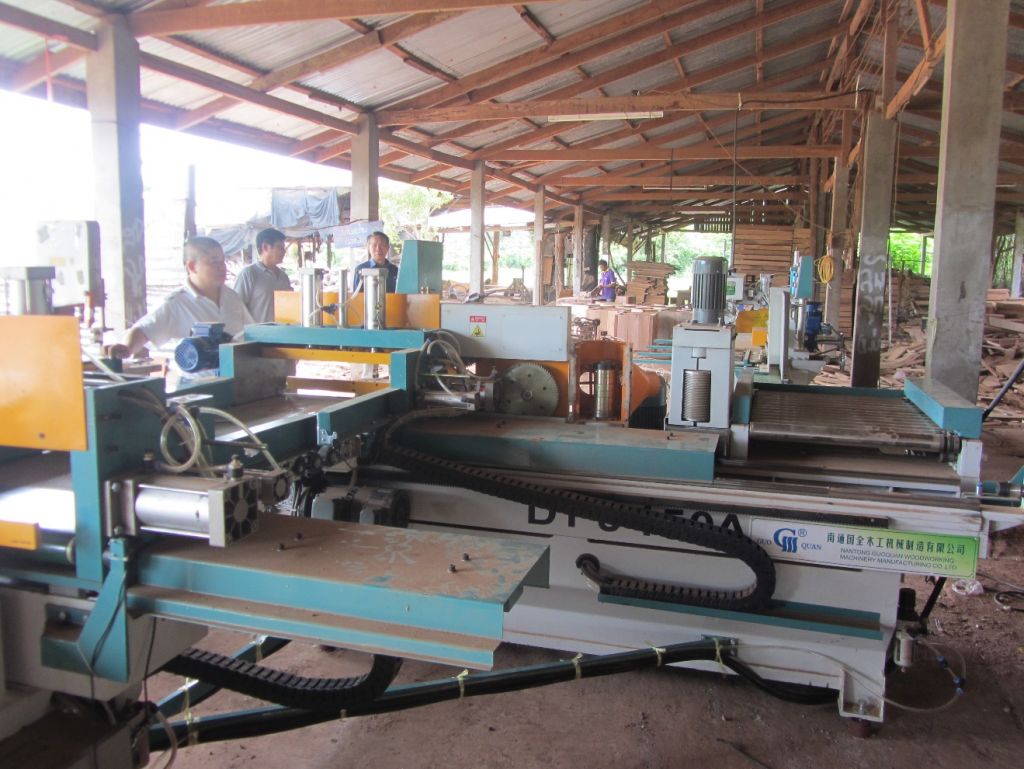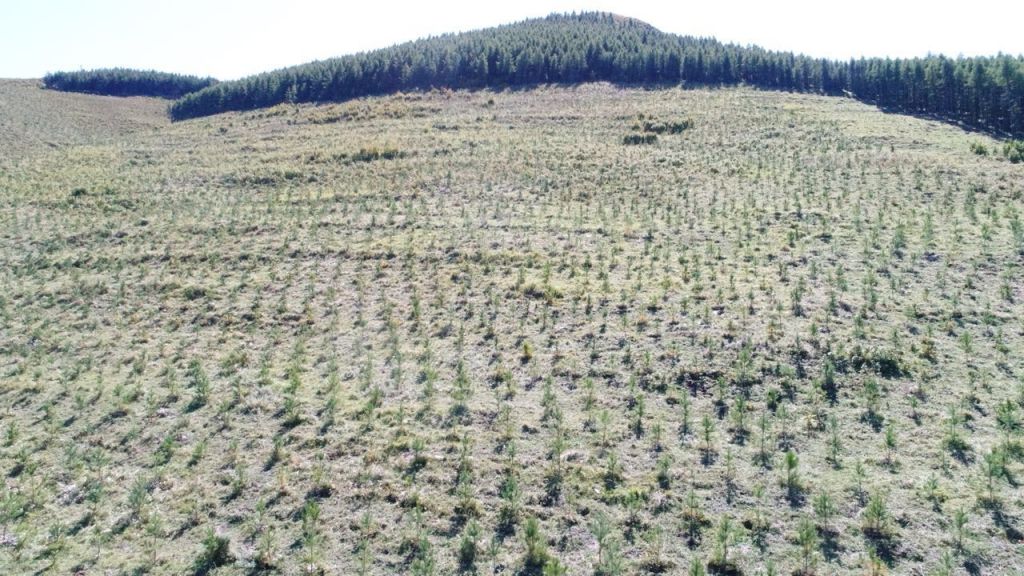Making forest landscape restoration a reality

With commitments in place including the Bonn Challenge to restore 150 million hectares and the APEC 2020 Goal to boost forest cover by 20 million hectares by 2020, the international community is making strides forward in tackling forest degradation. These targets require large areas of forests to be restored, meaning that adopting a landscape approach can have significant advantages.
However, restoring forests at the landscape level is a highly challenging, complex task. Not only do the requirements of a diverse range of stakeholders need to be incorporated into FLR strategies, but there is also a need for strong political will, adequate financing mechanisms, and sufficient capacity and human resources.
What are some of the ways that these can be addressed? In light of our recent workshop entitled “Realizing Forest Landscape Restoration Goals in ASEAN Member States” held in partnership with RECOFTC—The Center for People and Forests and China’s State Academy of Forestry Administration (STAFA), we thought it pertinent to answer such a question and highlight the four key components required for successful forest landscape restoration: enabling policy environment, strong and clear tenure rights, financing, and good governance. These components were the backbone of our workshop.
Increasing collaboration through policy dialogue
Supporting regional policy dialogue is one of the four key pillars that form the basis of APFNet’s activities (alongside capacity building, demonstration projects, and communication and information sharing). By bringing together high-level forestry officials from different economies, the stage is set for increased coordination and collaboration.
Ministerial-level meetings such as both the APEC and Greater Central Asia Meetings of Minsters Responsible for Forestry help reach consensus on tackling regional issues including increasing forest cover, combating illegal logging and addressing other transboundary issues such as forest fires and pests.
By highlighting the importance of sustainable development and management of forests to social, economic and environmental development, and the need for closer regional cooperation in forestry, ministerial-level meetings help forge agreement and partnership at the highest level, providing a strong foundation for large-scale restoration and landscape initiatives.
The importance of land tenure
At the other end of the scale, having clear tenure laws in place has a direct impact on those who rely on the forest to make a living.
By clarifying land usage rights, tenure reform can play a key role in improving the livelihoods of forest dependent communities.
However, tenure reform alone is not able to enhance the livelihood contribution of forests. It is necessary to increase productivity of forest products, and also add value to what is being produced.
Indeed, this is the case in the Greater Mekong Subregion (GMS), where people living in or close to forests earn part of their livelihoods through processing and selling timber and non-timber forest products (NTFPs).

Forestry enterprises in the region are faced with many challenges, including a shortage of production technology, outdated equipment and a lack of funds.
APFNet’s "Supporting Small Community-Based Forest Enterprises in the Greater Mekong Sub-region" project aims to address these challenges and improve forest management in the region by providing them with wood processing and furniture production technologies and equipment.
Secure land tenure provides the foundation for increased productivity and value addition, which can in turn improve the livelihoods of forest dependent communities.
Involving the private sector
While a strong policy foundation and clearly defined land tenure laws are clearly integral aspects of FLR, a lack of financing for forest restoration, management and planning can stop such efforts in their tracks.
Funding can come from a range of sources, including government, civil society organizations, the private sector, institutes and individuals, but is often hard to obtain.
Part of the battle in securing funding from the private sector is raising awareness of issues related to forestry, and highlighting them in a way that resonates.
The APFNet Fund is beginning to do this in the Chinese context. Corporate Social Responsibility (CSR) is a relatively new concept to Chinese companies, although many are beginning to see the value in supporting more socially and environmentally focused activities.
The project “Carbon Sink Forests Plantation and Rehabilitation”, supported by the People’s Insurance Company of China (PICC) Foundation, is an example of this. The project promotes sustainable forest management and rehabilitation through plantation development, growing saplings and sharing best practices to support effective management and protection of the forest.

Getting the private sector on board is one way of diversifying the funding streams needed for FLR and can help scale-up restoration initiatives, contributing significantly to their economic, social and environmental dimensions.
Good governance: the role of monitoring and evaluation
Finally, good governance is essential for harnessing the potential of the political will, land tenure laws and financing behind FLR efforts.
APFNet draws on developed economies’ experiences in jurisdiction, public involvement and development of resource and forest plans to improve the monitoring and evaluation (M&E) efforts of its members. This is vital as robust M&E measures the effectiveness of efforts, which is particularly important in FLR where there is the need to show the progress of initiatives to a wide range of stakeholders.
Having strong policy backing, land tenure that works for those that rely on the forest, sufficient financing and good governance are all integral components of FLR. APFNet works with partners such as RECOFTC and STAFA to contribute its experience in these areas, helping forge effective strategies for making FLR a reality.

